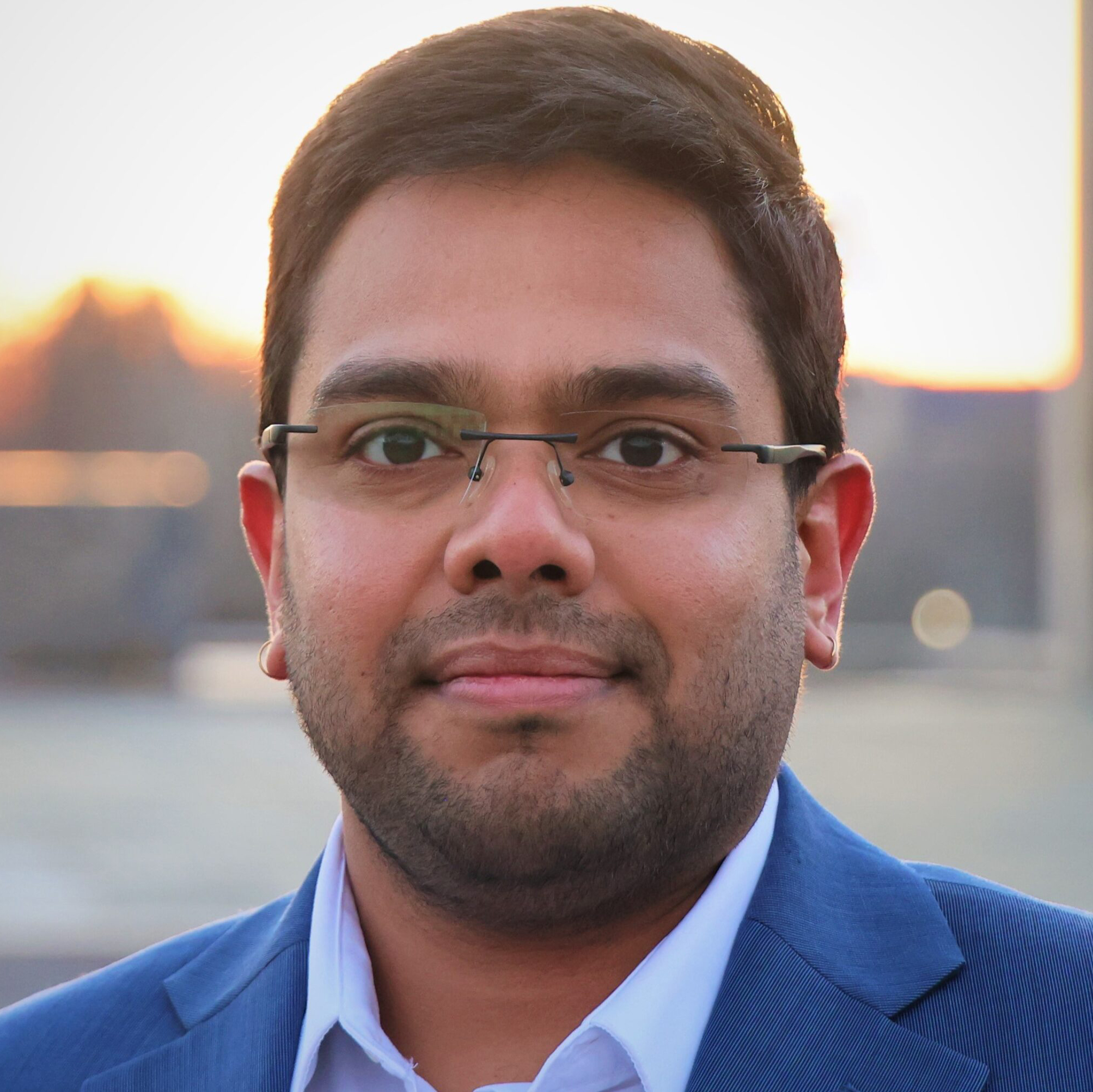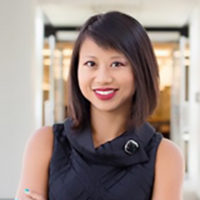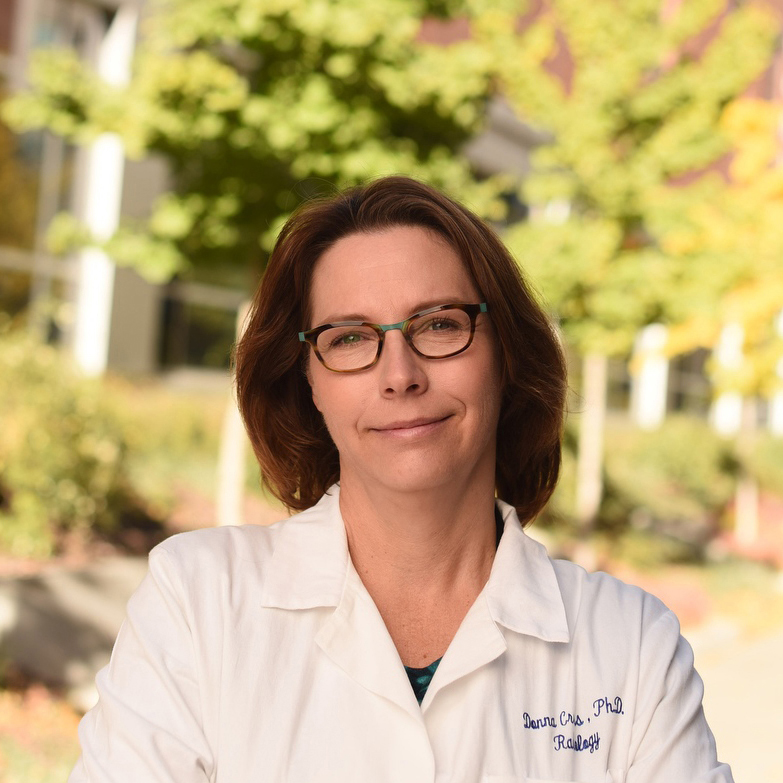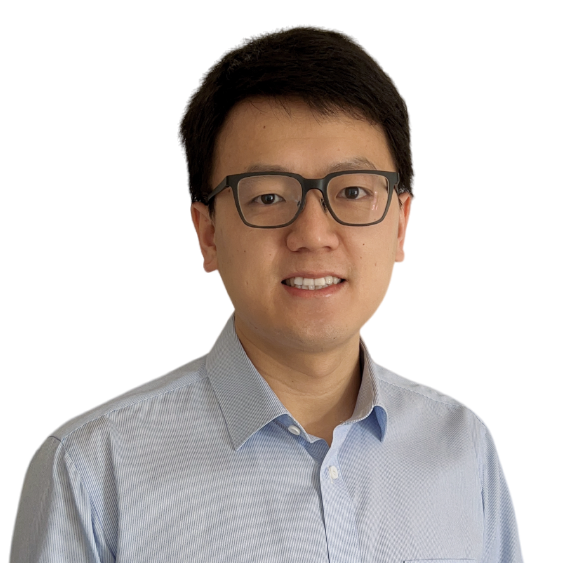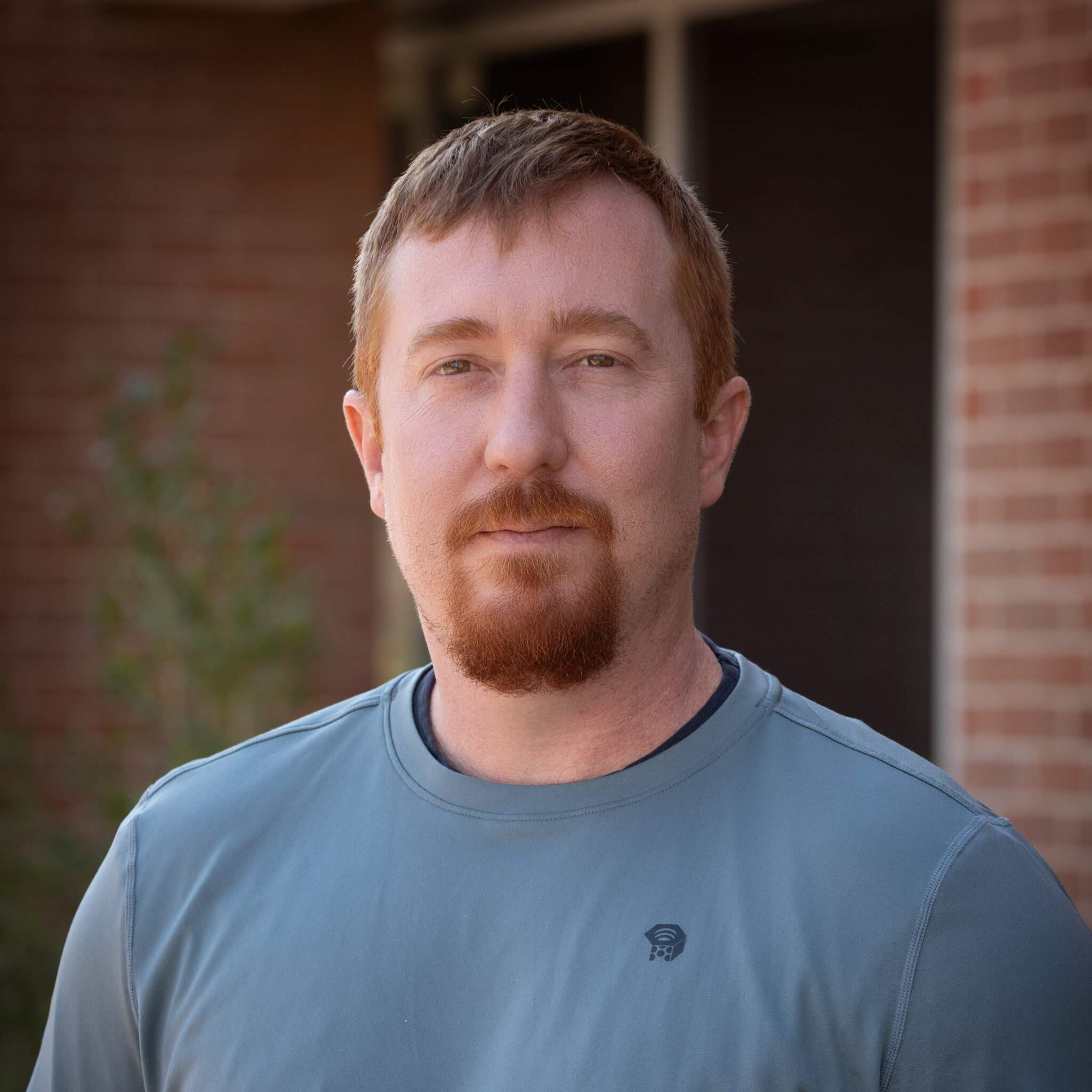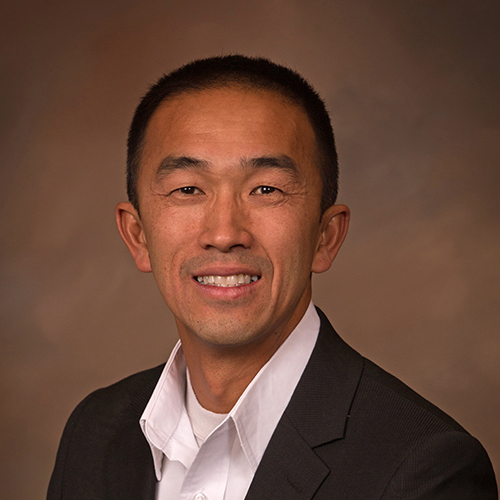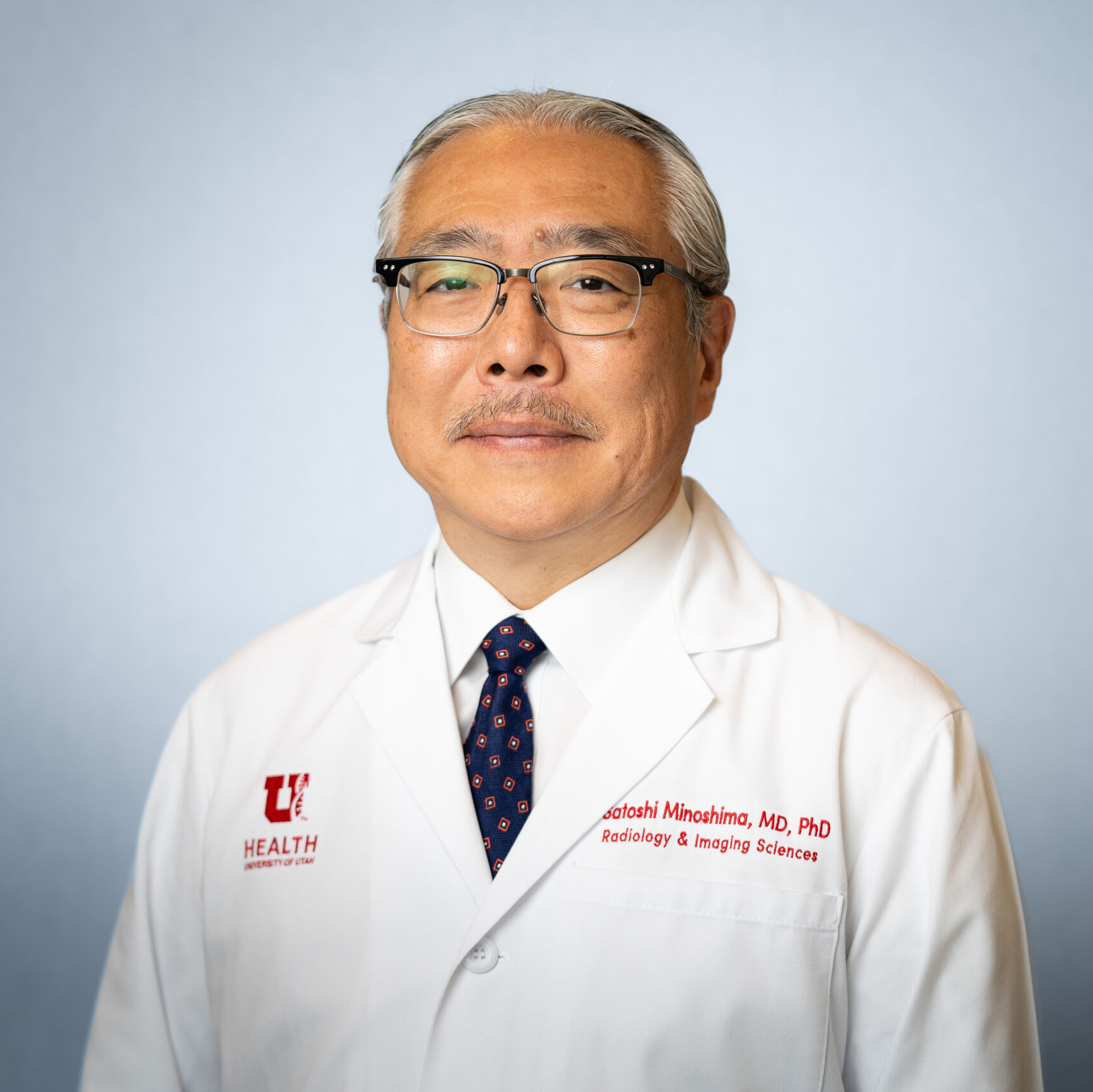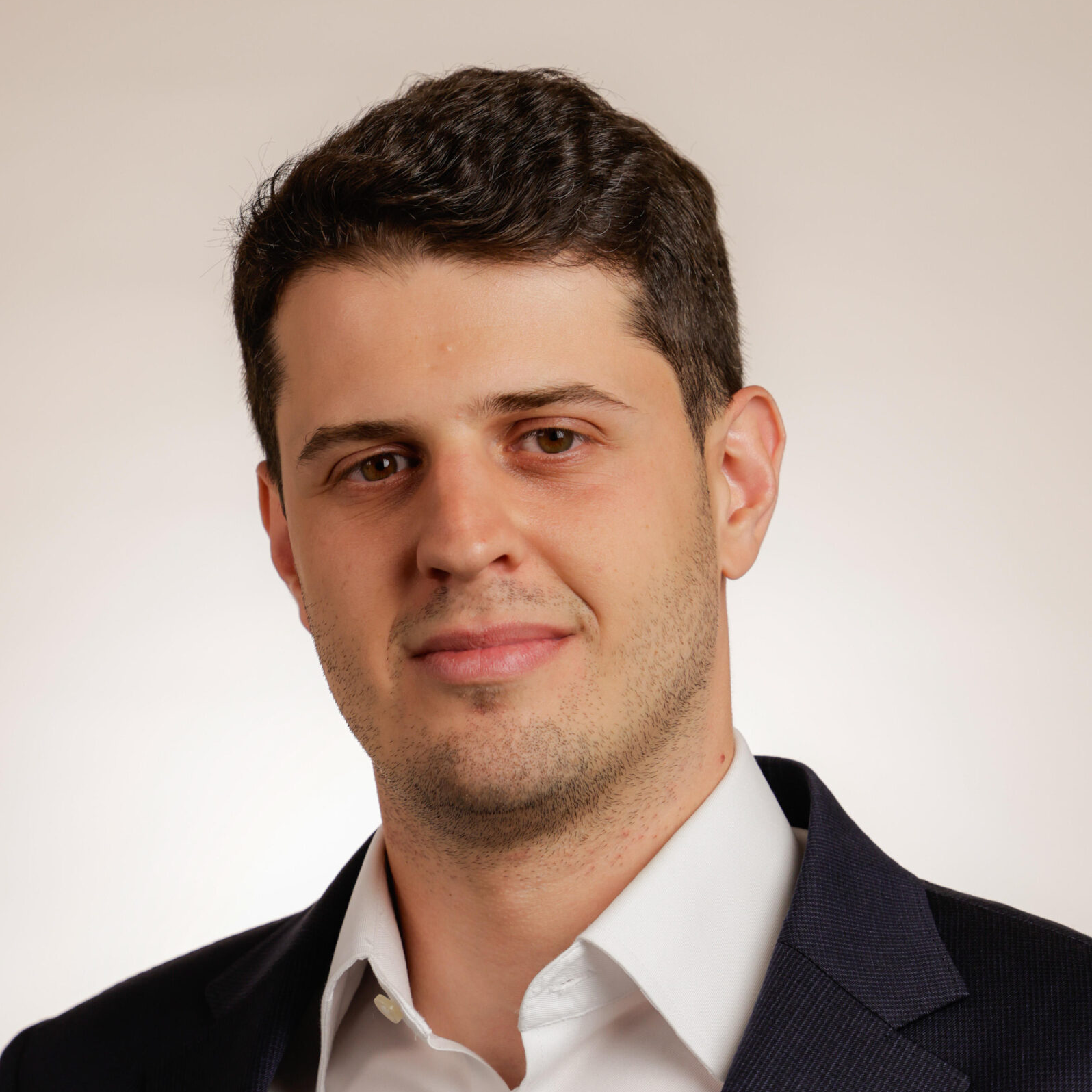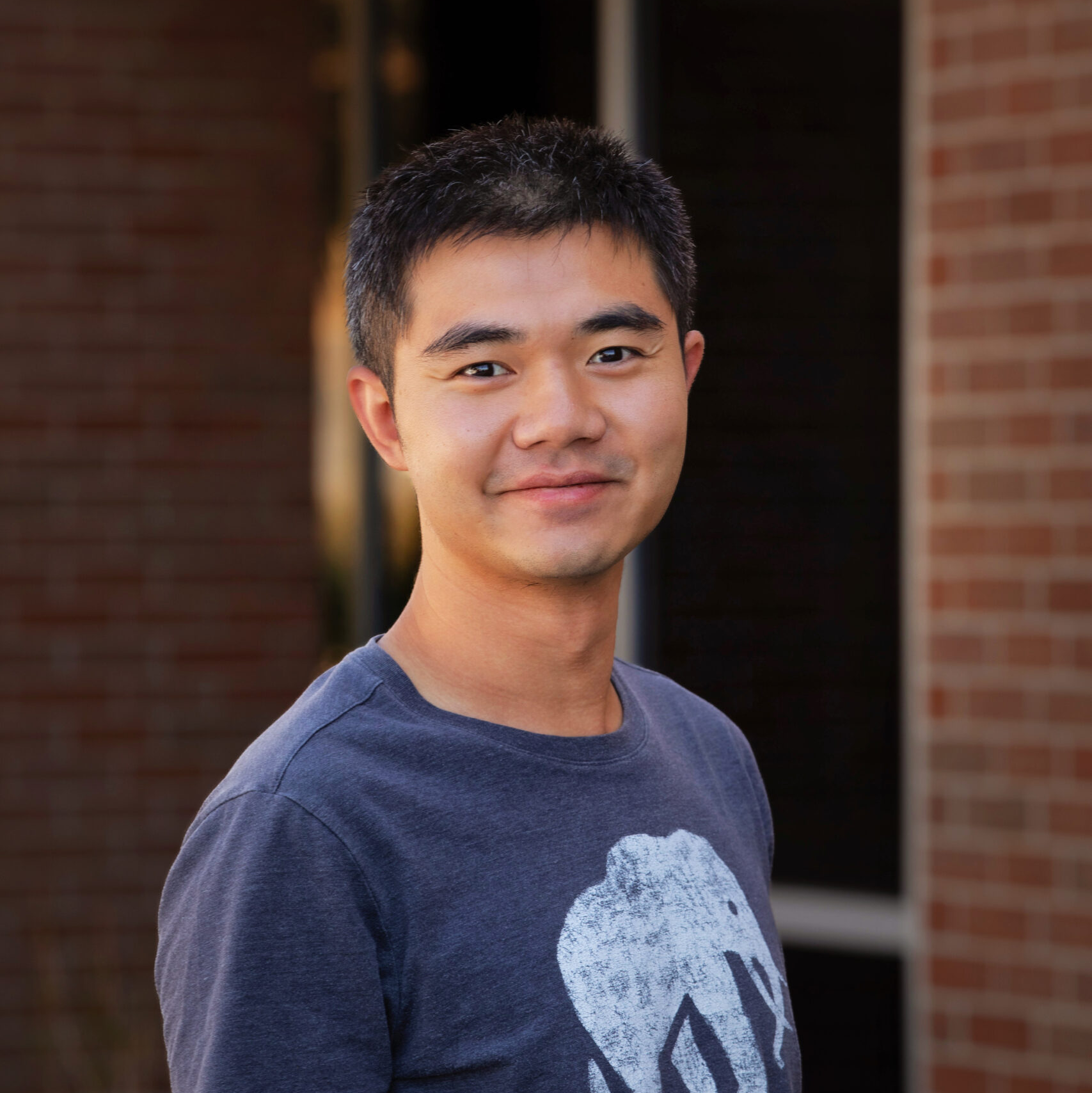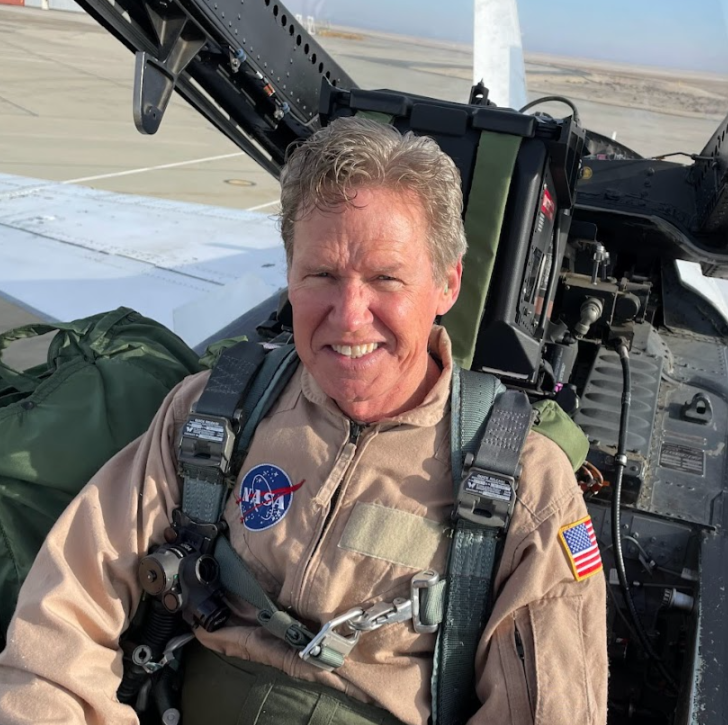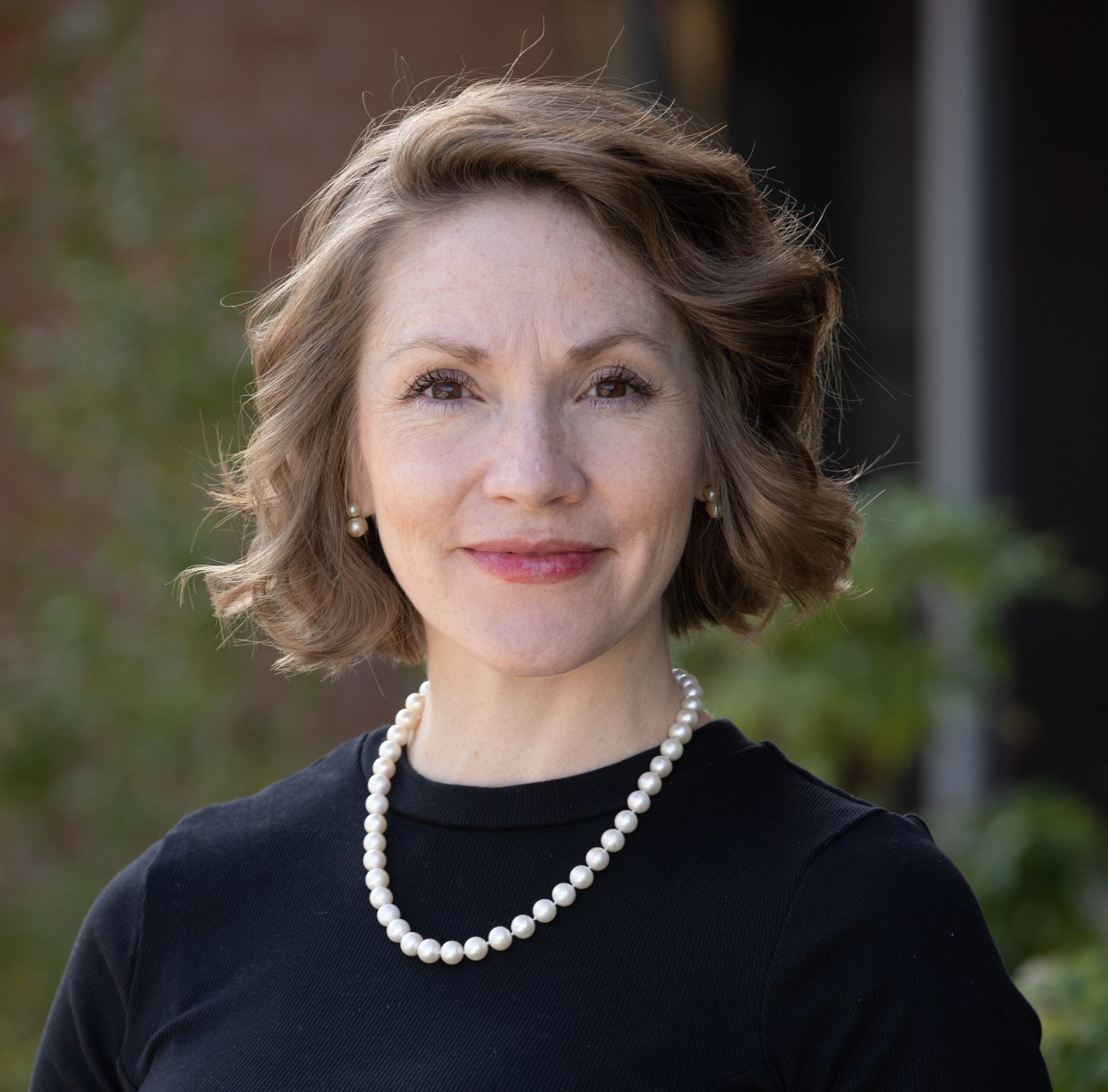What are you trying to do? Articulate your objectives using absolutely no jargon.
We undertake experiments to study the interactions of fluids and surfaces in relative motion. Our goal is to enable quieter and energy-efficient vehicles in aerospace and naval applications.
How is it done today, and what are the limits of current practice?
Most technologies in practice today are based on laboratory based investigations which are usually scaled studies under simplified conditions. To study them at full scale is very expensive and is not amenable for repetitive and controlled investigations.
What is new in your approach and why do you think it will be successful?
Our approach uses atmospheric flows over unique natural surfaces to mimic the vehicle flows, that translate to full scale and realistic scenarios.
Who cares? If you are successful, what difference will it make?
If successful, the datasets obtained will be used to validate cutting edge computational models. This in turn will enable batch testing of several candidates for noise reduction and energy efficiency. This will further enable practical technologies that will translate to enhanced public health, climate preservation, military superiority, and tax dollar savings.
What are you trying to do? Articulate your objectives using absolutely no jargon.
Ensure the health and well-being of all aerospace workers.
How is it done today, and what are the limits of current practice?
We can direct the setup and integration of a thorough employee clinic within the University of Utah healthcare system to provide timely and exceptional care.
What is new in your approach and why do you think it will be successful?
Work collaboratively with the University of Utah.
Who cares? If you are successful, what difference will it make?
To protect all aerospace workers throughout their career.
What are you trying to do? Articulate your objectives using absolutely no jargon.
I am an engineer and neuroscientist in the field of Radiology with 25 years of experience using imaging to study neurodegenerative disease and CNS disorders and developing creative methods to investigate brain function. My research goal is to make a significant impact on therapeutic and diagnostic options for neurological disorders. I pioneered research at the University of Washington that applied low dose microtubule stabilizers via intranasal administration to treat Alzheimer’s disease and brain injury. At the University of Utah, I partnered with world-experts in therapeutic drug delivery to advance this idea with a novel polymer-drug compound.
How is it done today, and what are the limits of current practice?
Treatments for neurodegenerative diseases and neuronal injuries are few and have limited effectiveness.
What is new in your approach and why do you think it will be successful?
Our therapeutic approach stabilizes microtubules with targeted delivery to the CNS. Microtubule function not only underlies the neuronal cytoskeleton and is critical for essential processes such as axonal transport, but also other structural and functional aspects of brain function such as astrocyte blood-brain-barrier integrity and microglia motility and proliferation.
Who cares? If you are successful, what difference will it make?
If we succeed in slowing or reversing neurodegeneration it will significantly impact CNS health for millions, perhaps billions of people worldwide.
What are you trying to do? Articulate your objectives using absolutely no jargon.
Understand thermal transport properties of materials at ultrahigh temperatures.
Find new materials that can withstand ultrahigh temperatures with extreme (either high or low) thermal conductivities.
How is it done today, and what are the limits of current practice?
Current theoretical methods are good for low temperatures, and will fail in predicting thermal transport behavior at ultrahigh temperatures.
What is new in your approach and why do you think it will be successful?
We develop new atomic simulations and explore the deep physics of thermal transport at ultrahigh temperatures. From that, we design new materials with desired properties.
Who cares? If you are successful, what difference will it make?
Thermal management of hypersonic vehicles, thermal barrier coatings of gas turbines.
What are you trying to do? Articulate your objectives using absolutely no jargon.
My research group develops models for the mechanical behavior of materials using experimental methods, microstructure characterization, and machine learning.
How is it done today, and what are the limits of current practice?
Material models are currently developed with a heavy reliance on mechanical testing, which limits our ability to introduce new materials and manufacturing methods into the market quickly and efficiently.
What is new in your approach and why do you think it will be successful?
Machine learning, guided by the principles of mechanics and physics, has already been demonstrated to develop more accurate models while reducing the heavy reliance on mechanical testing.
Who cares? If you are successful, what difference will it make?
If successful, next-generation materials and structures can be certified faster, accelerating the introduction of, for example, new vehicles for urban air mobility (travel).
What are you trying to do? Articulate your objectives using absolutely no jargon.
TBD
How is it done today, and what are the limits of current practice?
TBD
What is new in your approach and why do you think it will be successful?
TBD
Who cares? If you are successful, what difference will it make?
TBD
What are you trying to do? Articulate your objectives using absolutely no jargon.
Research focuses on control systems, robotics, uncrewed aerial vehicles, machine learning, mobile robots, and estimation theory.
How is it done today, and what are the limits of current practice?
N/A
What is new in your approach and why do you think it will be successful?
Our group leverages advanced control system design, probabilistic techniques, and estimation and machine learning algorithms for autonomy.
Who cares? If you are successful, what difference will it make?
Applications for search and rescue, environmental monitoring, etc.
What are you trying to do? Articulate your objectives using absolutely no jargon.
Advance medical imaging for people in space. Help develop methods to protect humans from cosmic radiation.
How is it done today, and what are the limits of current practice?
Cross-sectional imaging devices, essential for medical care, are challenging to implement and operate in space and on other planets due to their size, complexity, and durability requirements. Humans will be exposed to higher levels of radiation during space travel and potentially on other planets.
What is new in your approach and why do you think it will be successful?
Industry collaboration and brainstorming to develop new imaging devices that can be operated in spaceships and on other planets. Help develop small molecule drugs that make cells more resistant to radiation. Also, help devise radiation protection methods in space.
Who cares? If you are successful, what difference will it make?
Help support health and healthcare for people in space.
What are you trying to do? Articulate your objectives using absolutely no jargon.
Develop simulation and modeling strategies to improve chemically reacting flow predictions.
How is it done today, and what are the limits of current practice?
Current models are often insufficiently general, inaccurate, and expensive.
What is new in your approach and why do you think it will be successful?
My group leverages physical insights combined with state-of-the-art computing techniques to achieve better models.
Who cares? If you are successful, what difference will it make?
Better models will lead to faster, cheaper design of advanced propulsion systems and hypersonic vehicles.
What are you trying to do? Articulate your objectives using absolutely no jargon.
Alloy design and non-traditional manufacturing catering to the needs where extreme conditions exist, including high temperature , highly corrosive environments, and highly complex systems like human body.
How is it done today, and what are the limits of current practice?
Alloy design has been developing by trial-and-error, which is time and labor consuming. With this, tailored non-traditional manufacturing has not caught up yet, with a huge gap to enable the application-oriented uses of alloys under extreme conditions.
What is new in your approach and why do you think it will be successful?
We follow new materials design approach of integrated computational materials engineering approach, which makes alloy design straightforward. With this, we bridge processing/manufacturing-structure-performance knowledge to enable critical alloy applications under extreme-condition service.
Who cares? If you are successful, what difference will it make?
Create truly useful new alloys and expand their applications in aerospace, defense, navy, and bio devices. More importantly, an one-stop alloy design, manufacturing optimization, and performance enhancement solution can be provided.
What are you trying to do? Articulate your objectives using absolutely no jargon.
At the VPR level, we are developing an Aerospace Hub at the U by creating and strengthening relationships between local Aerospace industries, NASA, the DoD, government agencies, and other academic institutions.
Individually, we are validating fiber optic strain sensors embedded in aerospace composite materials.
How is it done today, and what are the limits of current practice?
Today, the development of relevant, multi-disciplinary research that meets national aerospace objectives is ad-hoc, narrowly focused, and less productive.
Conventional aerospace strain and temperature sensing rely on limited numbers of obtrusive, surface-mounted sensors and heavy bundles of electrical wiring, which are inefficient for aerospace applications.
What is new in your approach and why do you think it will be successful?
The Hub’s approach is to invest in fewer but more strategic aerospace research areas that directly support university, state, and national objectives.
On the research level, the approach is to develop embedment methods, characterize performance, and validate measurements of optical fiber sensors embedded within composite materials.
Who cares? If you are successful, what difference will it make?
A successful Aerospace Hub at the U will provide researchers with opportunities to work on larger, more game-changing problems that align with the goals of the university, state, and national leadership.
Lightweight, composite structures that can accurately infer external structural shape, characterize internal strain state, and measure temperature field response, in real-time can improve the capability of aerospace vehicle structural safety and performance.
What are you trying to do? Articulate your objectives using absolutely no jargon.
In our lab, we try to predict when, where, why, and how structural materials fail, with an emphasis on fatigue and fracture.
How is it done today, and what are the limits of current practice?
Most predictions of material failure fall short in terms of representing the salient microstructural features that play a role in mechanical behavior, or, if they do succeed in representing the salient features, are too computationally expensive to solve meaningful problems in real applications.
What is new in your approach and why do you think it will be successful?
We implement and leverage state-of-the-art computational frameworks to represent the salient microstructural features that play governing roles in material deformation and failure, while pushing the limits of computational efficiency. Our physics-based models include crystal plasticity implementations with novel approaches for capturing grain-size effects, representing three-dimensional fracture surfaces, and performing high-throughput microstructural simulations. Our approach to data science leverages our domain expertise to account for the nuances of feature engineering, data sampling, cross validation, and requisite context needed to achieve an envisioned application of AI.
Who cares? If you are successful, what difference will it make?
The physics-based and AI models that we develop will enable advanced structural prognosis as well as materials design for a broad range of applications.
